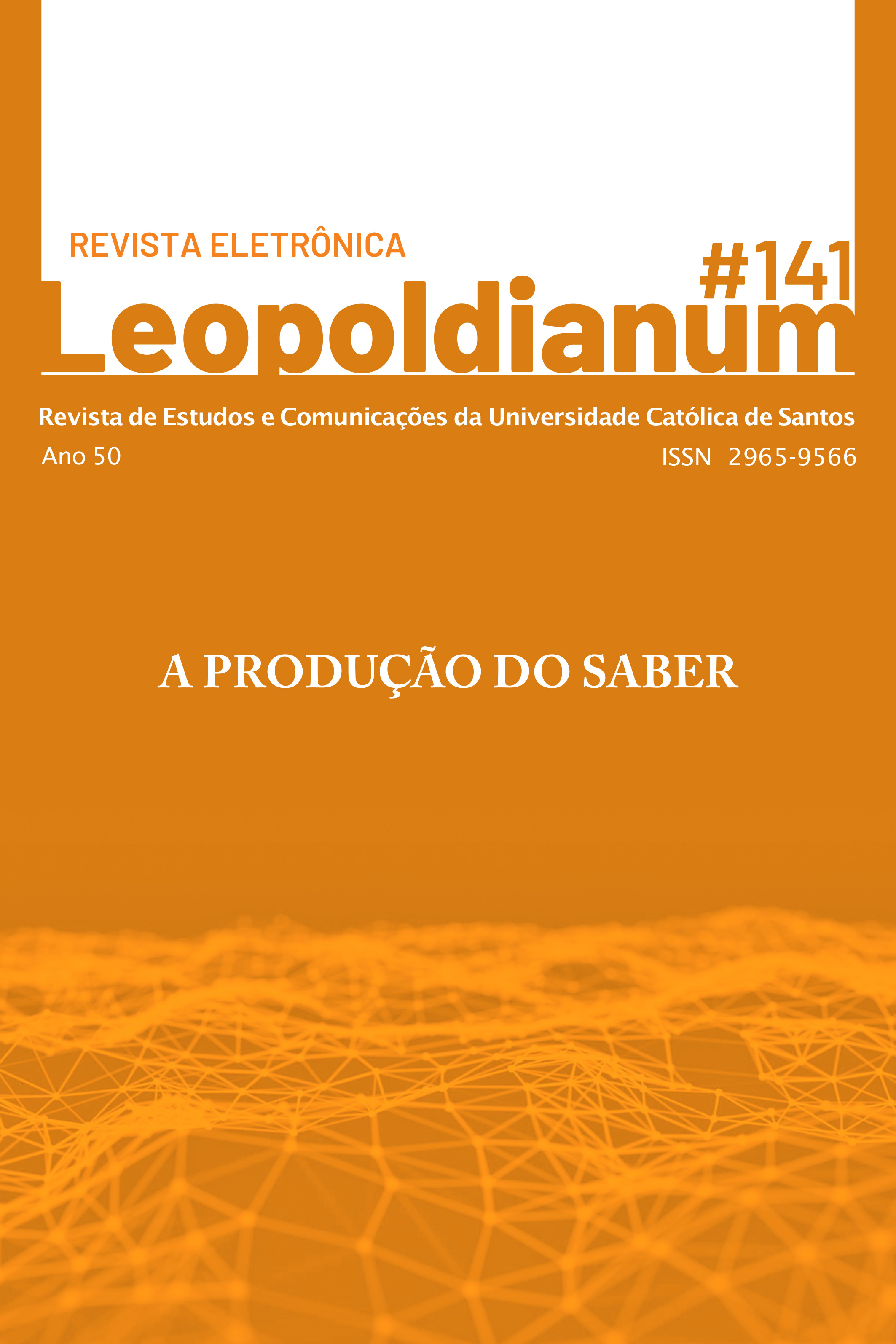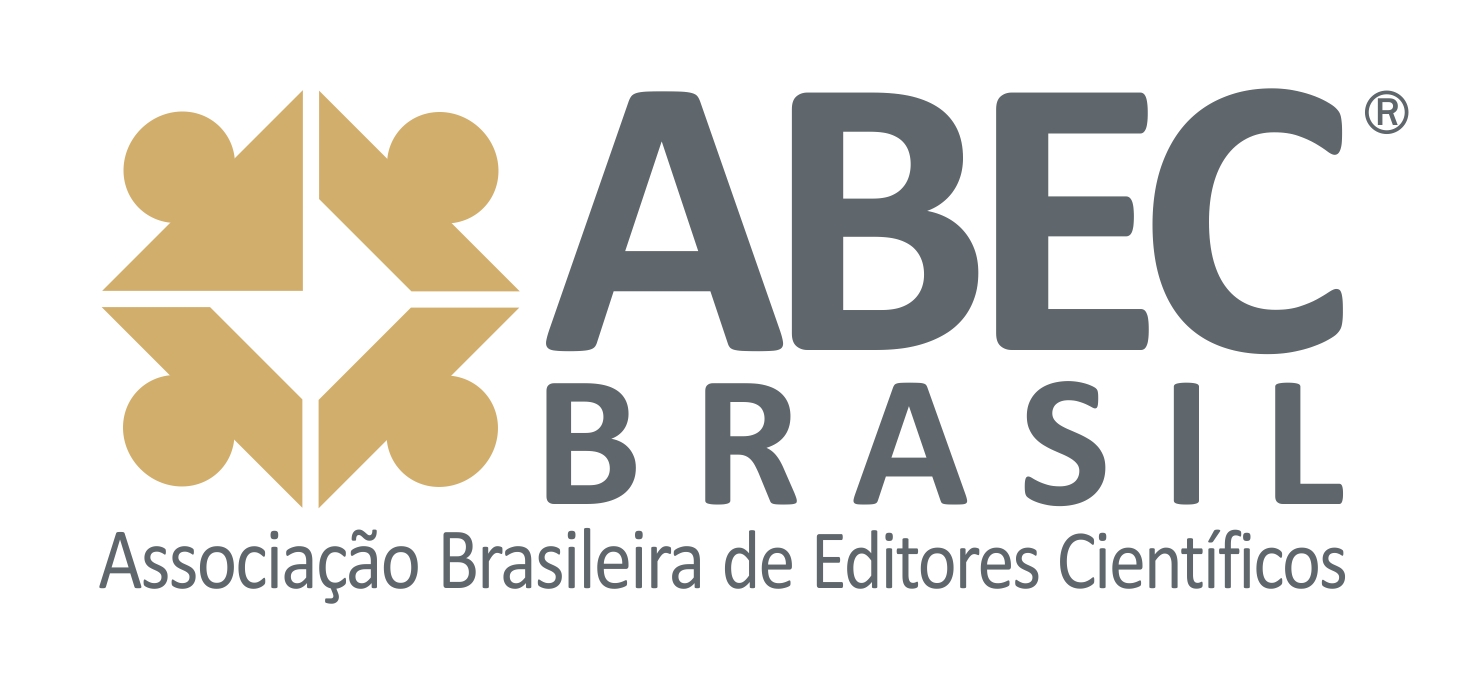CRIMINAL PROTECTION OF HUMAN RIGHTS FROM A GENDER PERSPECTIVE
REGULATORY FRAMEWORK IN THE TREATMENT OF WOMEN IN THEIR DIALOGUES WITH THE CRIMINAL SYSTEM
DOI:
https://doi.org/10.58422/releo2024.e1630Abstract
This paper aims to present an overview of the criminal protection of human rights from a gender perspective, based on the analysis of national and international normative documents that deal with gender violence against women and the incarceration of women in conflict with the law, highlighting the relations between these two areas of knowledge. We sought to discuss the limits of criminal law for the realization of the state's duty to protect women's human rights, presenting as a recent proposal to reconcile feminist interests and demands with the state agenda the Protocol for Judgment with a Gender Perspective, published by the CNJ in 2021. To this end, a methodology of literature review and punctual analysis of normative documents was used, with emphasis on international documents, national legislation and the aforementioned Protocol. With this work, we seek to contribute to the discussions of legal feminisms, understanding the status of the discussions developed so far and where to advance. It is concluded that, despite the importance of the Protocol to reconcile the often-dissonant voices of feminisms and Criminal Sciences, its unreflected use may fall into the same pitfalls and limitations of the use of criminal law as the sole or main tool of struggle of this movement. Thus, its critical and interdisciplinary use is relevant.
Downloads
Published
Issue
Section
License

This work is licensed under a Creative Commons Attribution 4.0 International License.
A Revista Eletrônica Leopoldianum - Revista de Estudos e Comunicações da Universidade Católica de Santos (ISSN: 2965-9566) é detentora dos direitos autorais de todos os artigos publicados por ela. A reprodução total dos textos em outras publicações, ou para qualquer outro fim, por quaisquer meios, requer autorização por escrito do editor. Reproduções parciais de artigos (resumo, abstract, mais de 500 palavras de texto, tabelas, figuras e outras ilustrações) deverão ter permissão por escrito do editor e dos autores.









